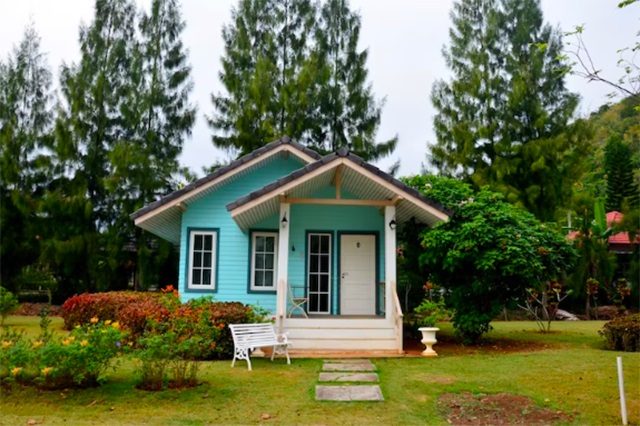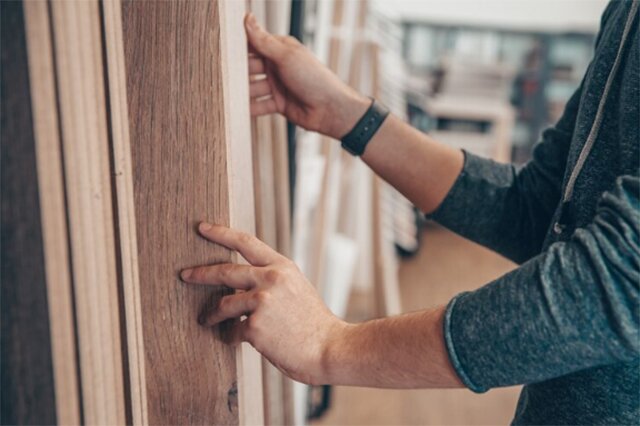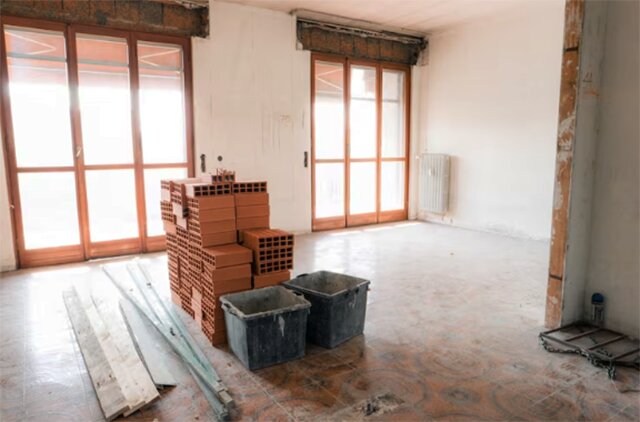Replacing the siding on your home is a significant improvement project that can enhance both the appearance and functionality of your home. It’s a task that requires meticulous planning, understanding of materials, and awareness of the installation process.
A well-prepared siding replacement project not only enhances the aesthetic appeal of your home but also fortifies its structural integrity against harsh weather conditions and water damage.
Reasons to Replace Siding
- Damage or Deterioration: Exposure to harsh weather conditions can lead to water damage, warping, or cracking of the siding, necessitating its replacement.
- Improving Home’s Appearance: Outdated siding can be replaced to modernize the look of your home and increase its curb appeal.
- Boosting Energy Efficiency: New siding materials offer better insulation, reducing energy costs and improving indoor comfort.
- Eliminating Drafts or Moisture Issues: New siding can address problems like drafts, moisture infiltration, and even structural damage caused by water.

Choosing New Siding
- Materials: Options range from vinyl siding, known for its durability and low maintenance, to fiber cement siding, which offers superior water resistance and longevity.
- Styles and Textures: The type of siding you choose should complement your home’s architectural style. From traditional lap siding to vertical boards, the options are vast.
- Getting Installer Recommendations: Consult with professionals to understand the benefits of each siding material in relation to your specific climate and home’s construction.
- Comparing Contractor Bids: Look beyond just the price; consider the contractor’s experience, timeline, and approach to handling potential accidental damages.

Pre-Replacement Tasks
- Clearing Plants/Obstacles Near Walls: Remove or trim any vegetation like a flower bed that might obstruct the siding installation process. Ensure that the entire exterior wall is accessible.
- Testing and Marking Utilities: Use a stud finder and mark the locations of power outlets and light fixtures to prevent accidental damages.
- Installing Weather Barrier: This step is crucial for preventing future water damage and ensuring the longevity of the new siding.
- Arranging Alternative Accommodation: For extensive projects, consider staying elsewhere to avoid the noise and dust from power tools like hammer drills and tin snips used during the typical tear-off.
- Preparing Interior Spaces: Remove fragile items from walls and shelves as vibrations from the installation process can cause them to fall.

During Replacement
- Removing Old Siding: This involves carefully dismantling the current siding, which might require special tools like tin snips for cutting through metal or fiber cement siding boards.
- Examining Any Hidden Issues: Look for signs of structural damage or water damage beneath the old siding. Address these issues before proceeding.
- Installing New Siding Per Manufacturer Instructions: Each siding piece must be installed with precision, following the manufacturer’s guidelines to ensure water resistance and structural integrity.
- Using Scaffolding or Lifts to Access High Areas: Safety is paramount. Ensure that all high areas are accessed safely using scaffolding or lifts, especially when handling heavy building materials.
Post-Replacement Follow-up
- Scheduling Final Inspection: Have a professional inspect the entire project to ensure that the installation meets all required standards.
- Applying Touch-Up Paint: This is essential for ensuring that your new siding looks its best and is protected from the elements.
- Clearing Debris and Tools: The site should be left clean, with all construction debris and tools removed.
- Paying Final Balance to Contractor: Ensure that all aspects of the project are completed to your satisfaction before making the final payment.

Conclusion
A siding replacement project is a significant home improvement project that requires thorough planning and attention to detail throughout the entire process. From choosing the right siding materials to preparing your home and overseeing the installation, each step is crucial for the success of the project. With proper planning and execution, your new siding will not only enhance the appearance of your home but also provide increased protection against weather damage, improve energy efficiency, and add value to your property.



 509-201-4190
509-201-4190
